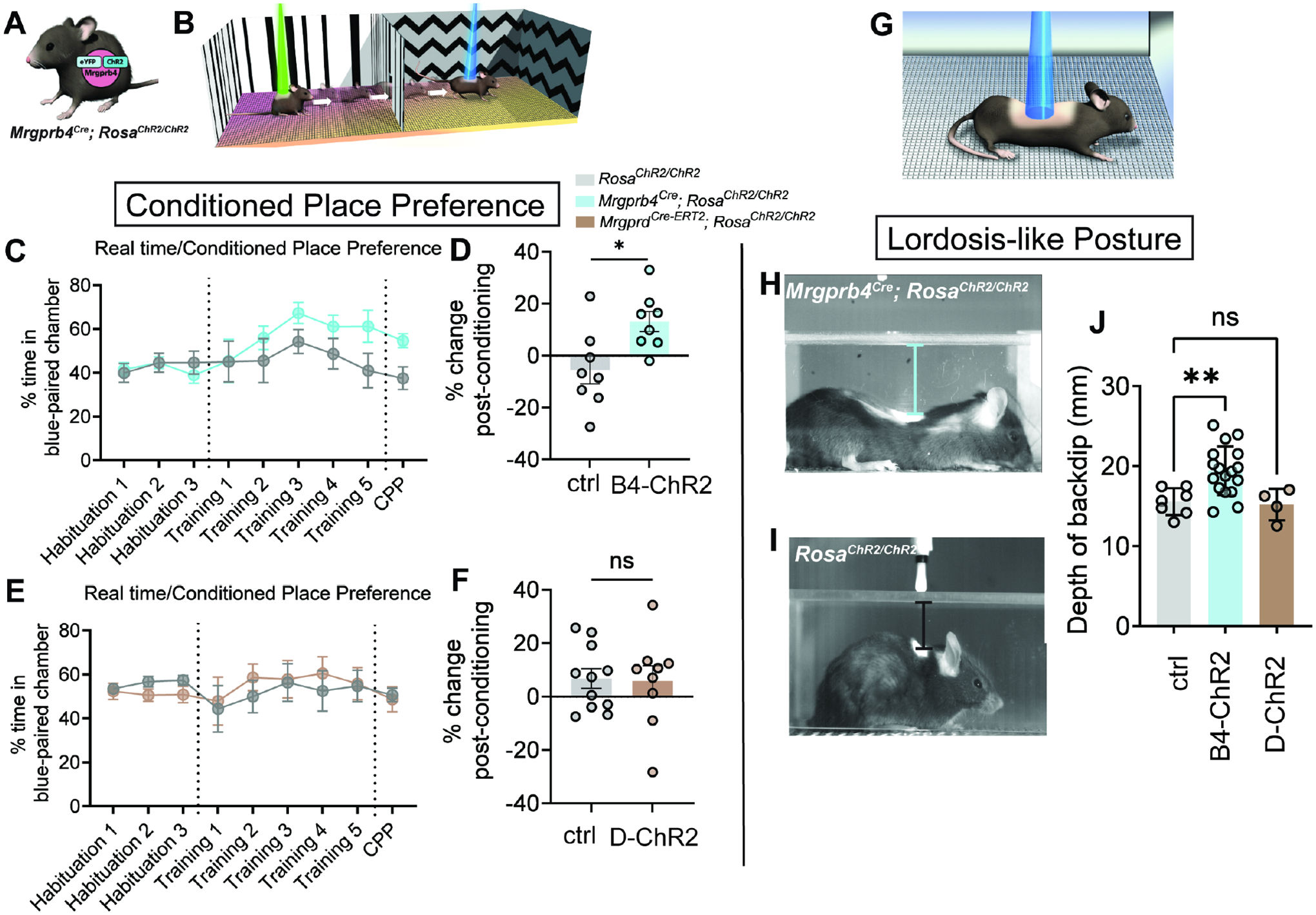Figure 3: Focalized activation of Mrgprb4-lineage neurons in the back skin is rewarding and induces a lordosis-like posture in female mice.

A) Mrgprb4Cre; RosaChR2/ChR2 females and Cre-negative littermates are used in this assay B) Schematic illustrating our real time/conditioned place preference assay. C) Mrgprb4Cre; RosaChR2/ChR2 females gradually spend more time in the blue laser chamber compared to green laser chamber during the training days (lasers on) and D) exhibit a significantly greater change in time spent in the chamber they learned to associate with blue light on the test day (lasers off) compared to Cre-negative littermate controls. (*p=0.0139, unpaired t-test.) E,F) MrgprdCRE-ERT2; RosaChR2/ChR2 females do not develop a preference for the blue laser-paired chamber. H,I) Stills from high speed videography to closely examine the behavior during the preferable transdermal optogenetic activation of Mrgprb4-lineage neurons. Mrgprb4Cre; RosaChR2/ChR2 females (H) exhibit a striking lordosis-like dorsiflexion in response to Mrgprb4-lineage neuron activation, a behavior absent from (I) RosaChR2/ChR2 female littermates and MrgprdCRE-ERT2; RosaChR2/ChR2 females. J) This posture is quantified as the back’s maximum distance from the chamber ceiling over the course of 20s optogenetic stimulation (**p=0.0065, one-way ANOVA). All optogenetic stimuli are 35mW, pulsed at 10Hz sin wave.
